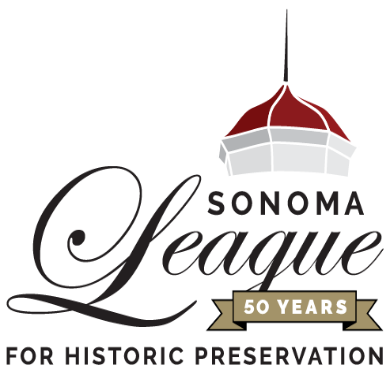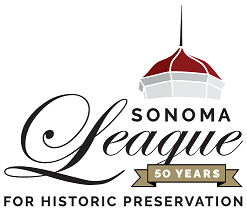Historical Background
Long before the Spaniards came, Sonoma Valley was inhabited by tribes of Indians, including Coastal Miwoks, Pomos and Wintuns. The oak-studded valley was rich with acorns, wild oats, berries, game, fish, streams and hot mineral springs. With the coming of the Mission Fathers, the Indians were baptized, fed, clothed, regimented and trained by the Padres.
When California was annexed to Mexico in 1823, Fr. Jose Altimira, established Mission San Francisco Solano to Christianize the Indians. The last and most northerly of the 21 missions and the only one founded during the Mexican rule, the Mission prospered, and its crops, orchards, vineyards and herds of livestock flourished. By 1834, when the Mission was secularized, the Indians had lost the ability to live as their ancestors. When they were no longer looked after by the Padres, the Indians’ meager personal lives abruptly deteriorated. In 1838, smallpox wiped out nearly the entire Indian population in Sonoma Valley. Today, little remains to indicate that the Indians ever lived here except for the few surviving adobe buildings that their labor built and some of their Indian names, i.e., Sonoma, Temelec, etc.
In 1834, Lt. Mariano Guadalupe Vallejo was sent by the Mexican Governor in Monterey to administer the secularization of the Mission and to establish a pueblo and presidio, one purpose of which was to discourage further expansion by the Russians who had settlements at Bodega and Fort Ross. By 1836, the Sonoma Pueblo was one of the chief military bases of the Mexican Government in Alta California and Vallejo was its Comandante General. As the first settlement planned and completed north of the Bay of San Francisco, Sonoma became the principal place of business, traffic and rancho commerce. By 1846, Sonoma had 45 houses and a population of approximately 300.
In the early 1840s, settlers, lured by stories of free land, poured into California only to be met by a quite restrictive Mexican government prohibiting them from owning land or holding office. On June 14, 1846, a band of immigrants called the “Bear Party,” seized Sonoma, imprisoned Vallejo and others, raised the Bear Flag in the Plaza and declared California an independent Republic. The Republic ended 25 days later, on July 9, 1846, when the U.S. flag replaced the Bear Flag.
Soon, groups of pioneers began arriving and establishing homesteads and small commercial ventures. From 1849 to 1852, American troops were continuously stationed in Sonoma. In 1850, the City of Sonoma was incorporated.
When the gold rush began, many of Sonoma’s citizens took off for the gold fields; other stayed behind to supply the miners with provisions and entertainment. Ultimately, it was the gold rush that changed Sonoma’s destiny. As prospective gold miners sped to California, it was to San Francisco that their ships or wagons first came and within two years, Sonoma’s social and political dominance was over.
Then followed a long period of malaise until its agriculture, wine-making and emerging quarry industries caused Sonoma to become once again a thriving community. However, in the 1880s, the phylloxera epidemic wiped out the vineyards and Sonoma was at its poorest ebb, its prime industry ruined. From that time through the 1920s, it survived essentially as a resort town. Until recent years, Sonoma continued as a quiet, rural community due to its relative inaccessibility which helped it escape much of the thoughtless development that has obliterated the historical origins of many other communities.

